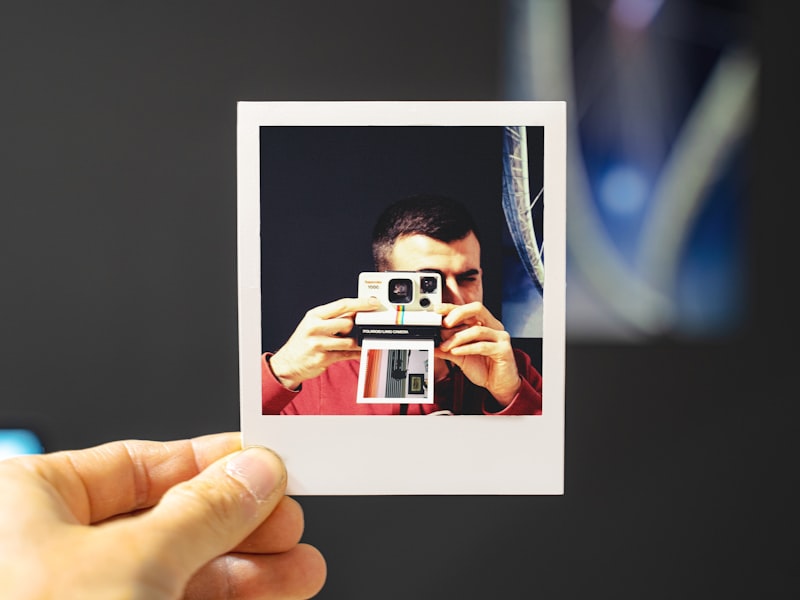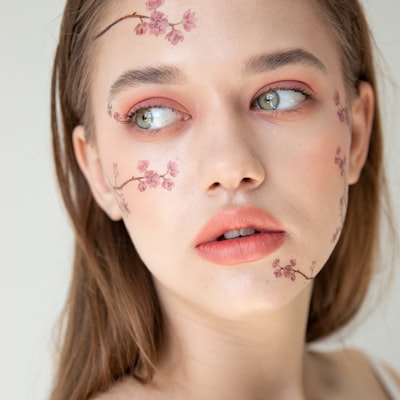Getting My "Lighting Design Techniques for Small Spaces - Making the Most of Limited Room" To Work

Innovative Lighting Design Techniques for Modern Architecture
Illumination style is an vital aspect in modern-day style. It plays a important duty in making a special ambiance, highlighting home features, and improving the overall aesthetic allure of any sort of design. Along with advancements in innovation and the usage of impressive illumination procedures, engineers are right now able to make remarkable structures that stand up out coming from the remainder. In this short article, we will talk about some of the very most ingenious lighting layout procedures for modern architecture.
1. Dynamic Lighting
Dynamic lighting is a technique that includes modifying the shade and strength of lightings to develop different moods or setting. This approach is usually used in business properties such as hotels, galleries, and buying centers to generate a distinct encounter for visitors. Powerful lighting can also be made use of in property properties to generate different moods depending on the opportunity of day or occasion.
2. Check it Out Lighting
Active illumination is a reasonably new technique that includes using sensing units and various other modern technologies to create an interactive experience with individuals. For instance, lights can be configured to respond when someone walks by or when someone contact a area. This technique can be used in public areas such as parks or plazas where individuals can engage with the lights.
3. Light Art

Lightweight fine art entails making use of illumination as an imaginative tool to produce sculptures, installments or paints that are visually appealing and engaging. Light fine art installations can be found in public spaces such as streets or squares as effectively as inside areas like museums or showrooms.
4. Daylighting
Daylighting refers to the use of organic light resources such as home windows, windows, and lightweight wells to lighten indoor rooms during daytime hours. This strategy not just minimizes electricity price but likewise produces a relationship between interior areas and exterior atmospheres.
5. Secondary Lighting
Indirect lighting includes hiding lightweight sources responsible for wall structures, ceilings or various other surface areas so that they do not directly illuminate a area but somewhat mirror off areas producing subtle shades and emphasize within a area. This procedure can easily develop a softer, even more natural illumination environment that is less harsh than straight lighting.
6. LED Lighting
LED lighting innovation has revolutionized the illumination business in current years with its electricity efficiency, low routine maintenance costs and convenience. LED lightings may be used to create a wide variety of results and happen in a assortment of shades and magnitudes.
7. Light Design
Light form includes utilizing special lenses or reflectors to control the path of lightweight ray of lights creating visual results such as highlighting details building features or creating designs on walls or ceilings.
In conclusion, ingenious lighting layout procedures have come to be an essential element in present day architecture. With the make use of of vibrant lighting, involved lighting, light craft, daylighting, indirect lighting, LED illumination and light shaping procedures engineers are currently capable to develop impressive structures that not simply stand up out but also enrich the total encounter for users. The ideal mix of these procedures may produce a considerable difference in making aesthetically appealing rooms that are both functional and aesthetically satisfying.
